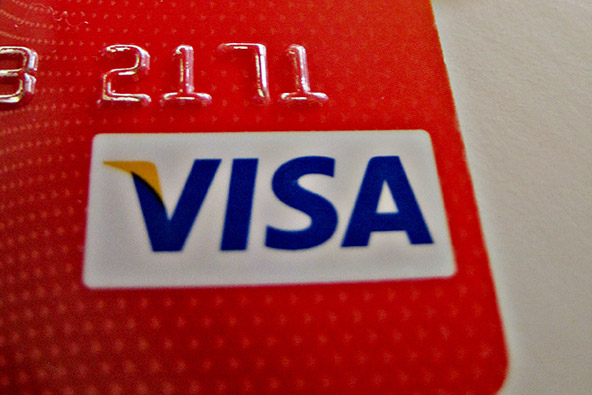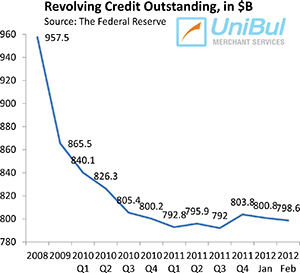3 Tips for Selecting an E-Commerce Payment Processor

Payment processors are the most critical providers of third-party services for any merchants that accept credit cards, but especially for e-commerce businesses. Their job is to enable you to accept electronic payments on your own e-commerce website quickly and securely. The best payment processors are the ones whose existence is unnoticed by the card acceptors, as well as the cardholders. Any time a merchant is reminded of their processor, chances are that there is an issue that needs to be resolved.
When choosing a processor, you have to look beyond the advertised card acceptance rates. Apart from the fact that rates can be misleading, your total processing cost is greatly influenced by your ability to manage customer disputes,?áchargebacks, risk and fraud. A good payment processor will help you get each of these handled.
What to Look for In an E-Commerce Payment Processor
When selecting an e-commerce payment processor, look for one who will provide:
- Proven e-commerce expertise. More specifically, your processor needs to provide:
- Solid expertise in processing e-commerce transactions and data security procedures, such as encryption.
- Fraud prevention services. Support for the following services is mandatory:
- Transaction identification with the Electronic Commerce Indicator (ECI).
- Understanding and compliance with the requirements of the Payment Card Industry (PCI) Data Security Standards (DSS). PCI compliance is now mandatory for all card acceptors. These standards are a work in progress and you need to make sure that your processor can keep up with the constant changes and can help you maintain compliance. Of course, when it comes to PCI, at least equally important is your web host’s role and you should be very careful when selecting them as well.
- A merchant processing agreement with clear terms and conditions. It is critical that you fully understand all contract provisions, especially the ones concerning the holding of your funds and your fraud liability and chargeback management. Closely examine the following clauses:
- The duration and conditions for holding funds. Typically, deposits are held when the processor detects an unusual transaction pattern and needs to verify that the activity is legitimate. You need to understand what can trigger such processes.
- Your liability for fraudulent transactions. A transaction can turn out to be fraudulent, even if you have received an authorization approval for it and an AVS and security code match. You need to understand what your liability is in such cases.
- Your liability for losses resulting from data breaches. This can be a very gray area, but you need to clarify it as much as you can.
- Chargeback management. Chargebacks are typically the single biggest issue for e-commerce merchants. You need to understand exactly what your processor’s definition for excessive chargebacks is and how they handle such events. Keep in mind that, although Visa and MasterCard consider 1 percent to be an excessive chargeback rate, processors will act way before you come even close to this threshold, because, if you reach it, they will be slapped with heavy fees by the Associations.
- Procedures for handling copy requests for re-presentments. Re-presentment is the process of re-submitting a disputed transaction, along with supporting documentation. You need to be very clear on how you need to do it and in what time frames. If you are late providing the requested paperwork, the dispute will most likely deteriorate into a chargeback.
Keep in mind that if your payment processor cannot provide strong expertise in the areas listed above, the rates you get from them won’t matter. These rates are only as good as your ability to maintain your account in good standing before the Associations and that should be your and your processor’s primary priority.
Image credit: Itmoldova.com.



Thanks so much for the blog.Thanks Again. Keep writing.
Hi! Someone in my Facebook group shared this site with us so I came to take a look. I’m definitely loving the information. I’m book-marking and will be tweeting this to my followers! Terrific blog and excellent design.
I have found these changes to be negative. I always refer to my Paypal screen to process all my orders and use the folksy email notification as a reminder that I have made a sale. I now have to keep referring back and forth to Folksy to get the buyers address. This is really frustrating and time consuming when you are trying to process 10-15 orders at a time. The new system also means you can no longer mark the order as shipped’ on Paypal, this feature was really handy and has now disappeared :( I guess I will have to figure out a new system to manage these changes made by Folksy.
I could not refrain from commenting. Very well written!